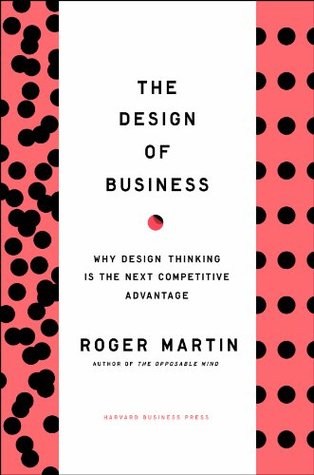More on this book
Kindle Notes & Highlights
Read between
March 8 - April 10, 2020
“No good product was ever created from quantitative market research. Great products spring from the heart and soul of a great designer, unencumbered by committees, processes, or analyses.”
Even as corporate leaders chase the vital, elusive spark of creativity, their organizations’ structures, processes, and norms extinguish it wherever it flares up. Their cultures and routines privilege analysis over intuition and mastery over originality.
organizations may engage primarily in exploration, the search for new knowledge (in our terms, seeking movement across the knowledge stages), or exploitation, the maximization of payoff from existing knowledge (refinement within a knowledge stage). 4 Both activities can create enormous value, and both are critical to the success of any business organization. But they are hard to engage in simultaneously; most often, organizations choose to focus on one activity, either exploration or exploitation, to the exclusion of the other and to their own detriment.
Very few companies balance exploration and exploitation by continuously looking back up the knowledge funnel to the next salient mystery (or back to the original mystery) and driving across the knowledge funnel, in a steadily cycling process. These few businesses come to be defined by their balanced approach. They become design-thinking businesses.
They like and encourage analytical thinking. They embrace a very specific way of arguing and thinking that includes a highly restrictive definition of what constitutes reasonable grounds for moving ahead with a project, a very narrow definition of proof. For analytical thinking, all proof emanates from the past—a general rule handed down from the past, or a set of observations of events or behaviors that have already happened. The average manager has been trained and rewarded to look to the past for proof before making the big decisions.
Charles Sanders Peirce. His important insight was that it is not possible to prove any new thought, concept, or idea in advance: all new ideas can be validated only through the unfolding of future events.
At the time a heuristic is first tentatively proposed, no one can prove whether it is useful or valid at all.
Proof comes only if the heuristic is tried and found to be helpful in producing the desired, or valid, result. The same holds for turning the heuristic into an algorithm. Neither of these steps into new knowledge can be proved in advance; all are validated—or not—through the passage of time.
CEOs must learn to think of themselves as the organization’s balancing force—the promoter of both exploitation and exploration, of both administration and invention.
To become a design thinker, you must develop the stance, tools, and experiences that facilitate design thinking. Stance is your view of the world and your role in it. Tools are the models that you use to understand your world and organize your thinking. Experiences are what build and develop your skills and sensitivities over time.
What organizations dedicated to running reliable algorithms often fail to realize is that while they reduce the risk of small variations in their businesses, they increase the risk of cataclysmic events that occur when the future no longer resembles the past and the algorithm is no longer relevant or useful.
A business that is overweighted toward reliability will erect organizational structures, processes, and norms that drive out the pursuit of valid answers to new questions.
In most large business organizations, three forces converge to enshrine reliability and marginalize validity: the demand that an idea be proved before it is implemented, an aversion to bias, and the constraints of time.
These heuristic-running high priests create a big bottleneck in the middle of the knowledge funnel, blocking the movement forward to algorithm. Their desire to collect monopoly rents sharply limits the speed at which the organization can advance knowledge.
Both reliability and validity are important for an organization.
Bertrand Russell put this to rest with the simple fable of a chicken who expects (correctly) to be fed every time the farmer appears in the morning, and who predicts (reliably, but not validly) that it will also be fed on (what turns out to be) its last day on Earth, when the farmer comes to chop off its head.
Design isn’t just about making things beautiful; it’s also about making things work beautifully.
New ideas arose when a thinker observed data (or even a single data point) that didn’t fit with the existing model or models.
They choose to embrace a form of logic that doesn’t generate proof and operates in the realm of what might be—a realm beyond the reach of data from the past.


